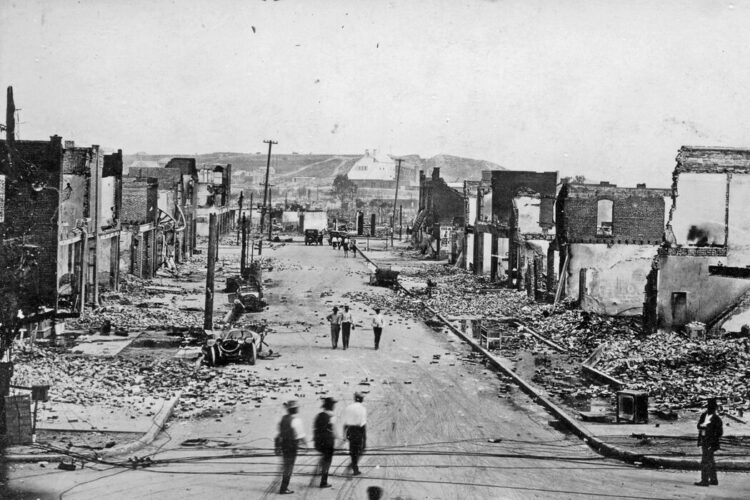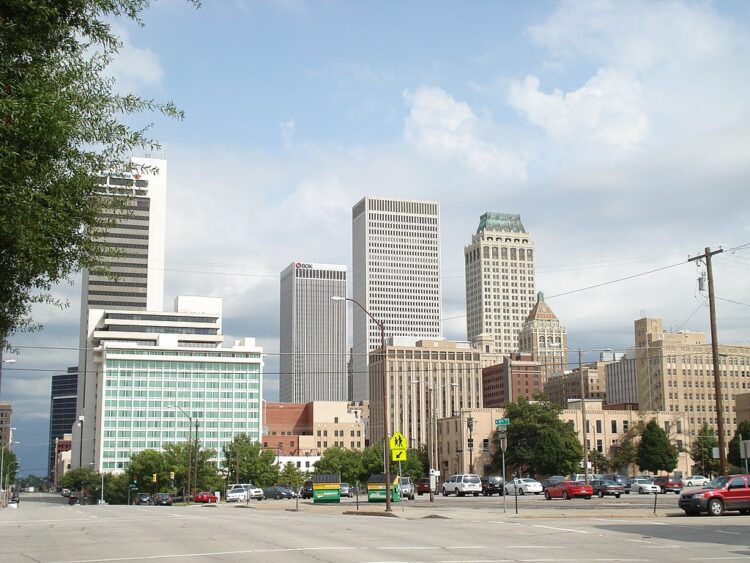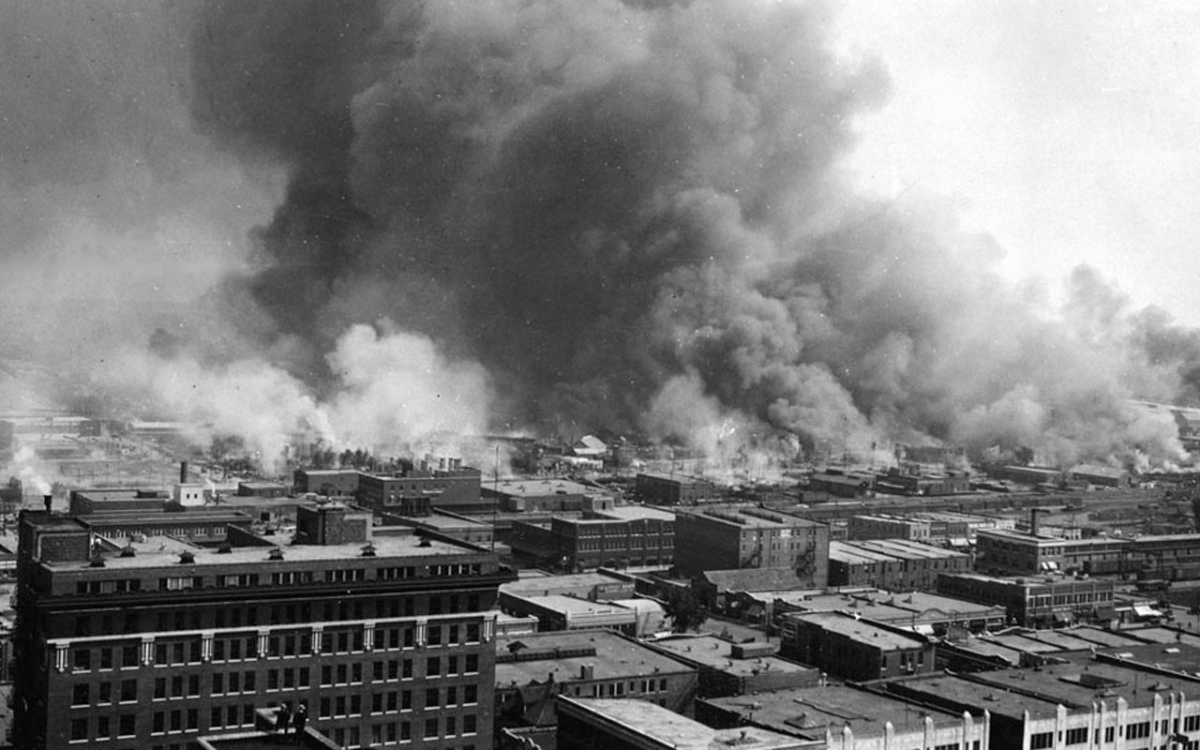It all started in an elevator in Tulsa, Oklahoma, on May 31, 1921.
On that fateful day a century ago, a local newspaper published an unsubstantiated story claiming that a black man had attacked a white woman in an elevator. In short order, a white mob ransacked Greenwood, the city’s African American neighborhood, in a frenzy of racial terror.
During this two-day pogrom, upwards of 300 people were killed and 1,250 homes were destroyed, leaving Greenwood a smouldering ruin.
This pogrom was no different than any of the pogroms that targeted Jews in Europe in the 20th century and before.
The worst civil disturbance in the United States since the Civil War, the atrocity in Tulsa unfolded during the height of the Jim Crow era, when humiliating segregation was the norm and African Americans were subjected to random insults and violence and treated like second-class citizens or worse.
White apologists in Tulsa downplayed it as a “riot,” but as U.S. President Joe Biden said yesterday, it was nothing less than a “massacre,” a blatant act of aggression against a peaceful community.
Successfully covered up by Tulsa’s civic leaders, it was buried under a mountain of lies and half-truths, but remained a stain on the fabric of American democracy, such as it was in the 1920s.
This dark chapter in American history began when the Tulsa Tribune published a story with a provocative headline, “Nab Negro for Attacking Girl in an Elevator.” According to the article, a 19-year-old black man, Dick Rowland, was arrested after being charged with suspicion of sexually assaulting Sarah Page, a 17-year-old white elevator operator.
It is not clear exactly what happened. By one account, Rowland accidentally stepped on Page’s foot. By another, he grabbed her arm after tripping and trying to steady himself.
Page claimed she screamed after Rowland assaulted her and tore her clothes. Rumors implied that Rowland had raped Page. In Jim Crow America, this incendiary accusation was enough to get a black man hanged by vigilantes.
In 1915, the Jewish manager of a pencil factory in Georgia, Leo Frank, was lynched after he was falsely accused of murdering one of his employees, Mary Phagan, a 13-year-old white girl.
Within hours of the publication of the story in the Tulsa Tribune, white people gathered in front of the courthouse, demanding custody of Rowland. Since Tulsa had a history of vigilantism, the black residents of Greenwood headed to the courthouse to intervene, fearing that Rowland would be lynched. A shot was heard a block away, and violence ensued.
Short of manpower, the police deputized white civilians as their assistants, giving them guns and ammunition. This move inflamed an already volatile situation rapidly spinning out of control.

Mobs descended on Greenwood, a thriving neighborhood of shops, offices, restaurants and theatres populated by 10,000 African Americans. Popularly known as Black Wall Street, it was reputedly the most prosperous African American-owned business district in the country.
The attackers broke into homes, set fire to buildings and shot residents. Police were unable or unwilling to stop the mayhem. Airplanes flown by white pilots dropped sticks of dynamite on the 35-block area, creating an inferno. The fire department failed to douse the flames.
Many of Greenwood’s inhabitants fled. The authorities attributed the unprecedented unrest to African Americans. Thousands of survivors were placed in internment camps overseen by the National Guard.
Not a single perpetrator was ever charged with committing a crime. White supremacists, spearheaded by the Ku Klux Klan, printed triumphal postcards of the massacre.

Black insurance claims of $4 million were denied.
The powers-that-be decreed that the incident should be wiped from the slate and forgotten.
Greenwood was gradually rebuilt, but it was never the same again. The construction of an interstate highway through Greenwood, plus the end of segregation, signalled its decline.
In 2001, a commission released a comprehensive report on the massacre, breaking an 80-year silence.
Yet justice has yet to be done.
African Americans in Tulsa demand reparations, knowing that the U.S. Supreme Court in 2005 refused to take the case.

And racism is still an issue in Tulsa’s police department, as its former chief, Drew Diamond, has acknowledged.
One hundred years on, African Americans and their supporters still feel the pain, anguish and suffering of an atrocity that Tulsa’s racist white ruling class enabled and then suppressed.
